In an era where the global automotive narrative seems fully electrified, Hyundai’s bold move to launch the N Vision 74 in 2024 turned heads and sparked serious conversation across industry circles. While many automakers double down on battery electric vehicles (BEVs), Hyundai revived a long-simmering technological ambition—hydrogen fuel cell performance cars. The N Vision 74, with its retro-futuristic styling and dual energy system, arrived not merely as a concept, but as a functioning, road-ready symbol of a different kind of zero-emission future. Its release has stirred both excitement and skepticism, but more than anything, it has reignited curiosity about whether hydrogen can truly make a comeback in the world’s mobility plans.
A Retro-Inspired Super Coupe That’s Anything but Nostalgic
One look at the N Vision 74 and you’d be forgiven for thinking it’s a time traveler from the 1970s. Drawing inspiration from the 1974 Hyundai Pony Coupe concept by Giorgetto Giugiaro, the vehicle’s angular lines, LED light bar, and wide stance blend past and future in a way few automakers dare attempt. Yet beneath the surface of this cyberpunk coupe lies a cutting-edge hybrid propulsion system—one that combines a hydrogen fuel cell stack with a high-output electric motor and battery setup.
This isn’t just a styling exercise. The N Vision 74 delivers a combined output of over 500kW (around 670 horsepower), accelerates with supercar aggression, and houses a hydrogen tank capable of refueling in just minutes. The vehicle also comes equipped with a 62.4kWh battery that supports up to 800V fast charging. What sets it apart is how both power sources operate either in tandem or independently, managed by a sophisticated control system designed to maximize performance, efficiency, and longevity.
By launching this vehicle in a working, track-tested form, Hyundai signaled more than a design triumph—it underscored a long-term commitment to hydrogen as part of its sustainable mobility roadmap.
Why Launch a Hydrogen Car Now? Timing, Tech, and Brand Identity
The N Vision 74 wasn’t built for mass production—at least not yet. But its appearance comes at a very strategic time. With global governments pouring incentives into clean energy infrastructure and hydrogen gaining renewed interest in industrial and commercial sectors, Hyundai saw a window to reintroduce fuel cell tech to an increasingly curious audience.
Hyundai has long been a quiet leader in hydrogen development. It was one of the first automakers to produce a mass-market fuel cell vehicle—the ix35 Fuel Cell in 2013—followed by the NEXO SUV, still one of the most advanced hydrogen-powered vehicles on sale today. But hydrogen infrastructure has lagged, and consumer adoption remained niche. Now, in 2024, Hyundai is betting that growing green hydrogen production, policy alignment, and strategic partnerships will push the tipping point closer.
The N Vision 74 is a halo car—part engineering proof-of-concept, part branding megaphone. It aligns with Hyundai’s broader strategy to not just follow trends but define them. In the age of electrification where many cars look and drive alike, Hyundai is positioning hydrogen as a bold alternative for drivers who want performance without compromise.
Fuel Cells vs. Batteries: The Debate Still Rages
The biggest question surrounding the N Vision 74 isn’t whether it’s cool—it undeniably is—but whether hydrogen makes sense. Compared to battery EVs, hydrogen fuel cells offer significant advantages in refueling time (under five minutes), range per tank (up to 600 km or more), and performance consistency in cold or extreme weather. They’re also lighter than batteries in long-range applications, which is why sectors like aviation, shipping, and heavy-duty trucking are exploring hydrogen more aggressively than passenger cars.
But challenges remain. The infrastructure to support fuel cell vehicles is minimal outside of a few regions like California, Germany, Japan, and South Korea. Hydrogen production is still largely fossil-fuel-based, and while green hydrogen (made via electrolysis using renewable electricity) is scaling up, it’s not yet dominant. Storage and transport costs are also high.
Still, Hyundai argues that fuel cells don’t have to replace batteries—they can complement them. In long-haul, high-performance, or fleet scenarios, fuel cells may offer advantages that batteries cannot. The N Vision 74 demonstrates that fuel cells aren’t just for utility—they can be sexy, fast, and desirable.
Technical Marvel: A Two-Hearted Powertrain
The N Vision 74 uses a hybrid energy architecture that merges a 95kW hydrogen fuel cell stack with a rear-mounted twin-motor electric drive system and a 62.4kWh battery pack. This dual-source approach gives the car both endurance and flexibility. In typical driving, the battery handles the power demand, while the fuel cell recharges it or directly assists under heavy load. This setup allows the car to sustain high performance laps without overheating—a key limitation for most BEVs on the track.
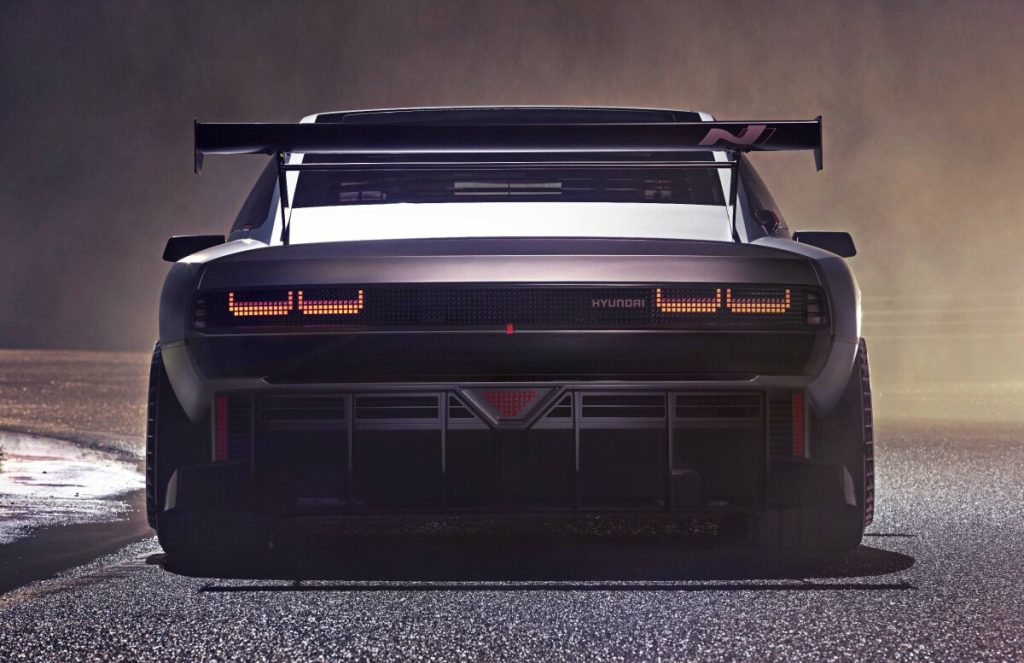
Thermal management is another highlight. Hydrogen cooling is more efficient than traditional systems, and Hyundai’s engineers used multiple radiators and an advanced heat sink strategy to keep the system stable under stress. This ensures consistent output, even during spirited driving or extended track time—something even top-tier battery-only EVs like the Tesla Model S Plaid or Porsche Taycan struggle with after a few laps.
The result? A car that isn’t just fast once, but fast again and again.
The Hydrogen Ecosystem: Hyundai’s Full-Circle Vision
Hyundai isn’t betting on the N Vision 74 in isolation. The car is a poster child for a much larger plan that includes commercial vehicles like the XCIENT Fuel Cell trucks, hydrogen-powered public buses, and even marine applications. Hyundai’s vision includes developing hydrogen hubs in strategic markets, investing in green hydrogen production, and forming alliances with governments to co-develop refueling infrastructure.
This whole-systems approach is what separates Hyundai’s efforts from competitors who have dabbled in hydrogen but retreated. By investing not just in the vehicle but in the ecosystem that supports it, Hyundai increases the likelihood that fuel cells will become a viable part of the global mobility mix—not just for the track, but for fleets, freight, and eventually consumers.
Public Reaction: A Mix of Enthusiasm and Realism
Online communities lit up with praise when the N Vision 74 debuted. Its sharp design, impressive performance, and unexpected powertrain choice gave enthusiasts and engineers something fresh to rally around. Automotive media compared it favorably to icons like the DeLorean, Lancia 037, and even Group B rally cars. Fans loved its blend of heritage and sci-fi—proof that clean energy doesn’t have to be dull.
But others were skeptical. Why pour millions into a hydrogen-powered coupe that may never see showrooms? Critics argue that the money would be better spent advancing BEV platforms or improving battery recycling. Some point to hydrogen’s chicken-and-egg dilemma—no one buys the cars because stations are rare, and stations don’t get built because there are too few cars.
Hyundai’s counter is simple: progress requires belief. By making hydrogen exciting again, the N Vision 74 shifts the conversation from feasibility to desirability. That shift is critical if hydrogen is ever going to become more than a niche solution.
What Comes Next? Beyond the Concept Phase
At the time of writing, Hyundai has not officially confirmed mass production plans for the N Vision 74, but the company has hinted strongly that variants or spin-offs could enter low-volume production. More importantly, Hyundai has made it clear that the engineering breakthroughs behind the N Vision 74—especially its dual-source drivetrain and thermal systems—will influence future products.
Rumors also swirl about a new line of “N” branded hydrogen vehicles aimed at enthusiasts who crave speed but don’t want the carbon footprint. Whether these manifest as hyper-performance cars or luxury GTs remains to be seen, but the message is clear: Hyundai sees hydrogen as more than just a science project.
Conclusion: A Bold Vision That Might Just Work
The N Vision 74 may not be the silver bullet for sustainable transportation, but it represents something arguably more important in 2025’s cautious automotive landscape—optimism. At a time when much of the industry is consolidating around similar solutions, Hyundai dared to be different. With this launch, it has resurrected not just a retro concept, but an entire technological dream.
Hydrogen may not yet be mainstream, but with cars like the N Vision 74 leading the charge, the dream is alive, louder, and faster than ever.


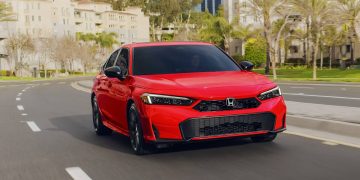
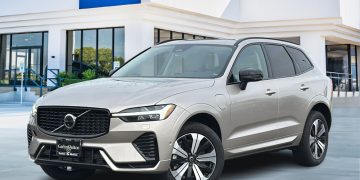


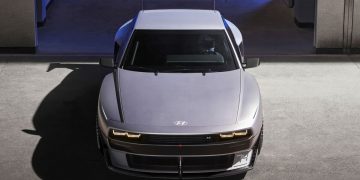


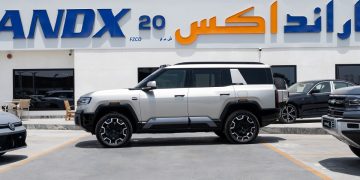











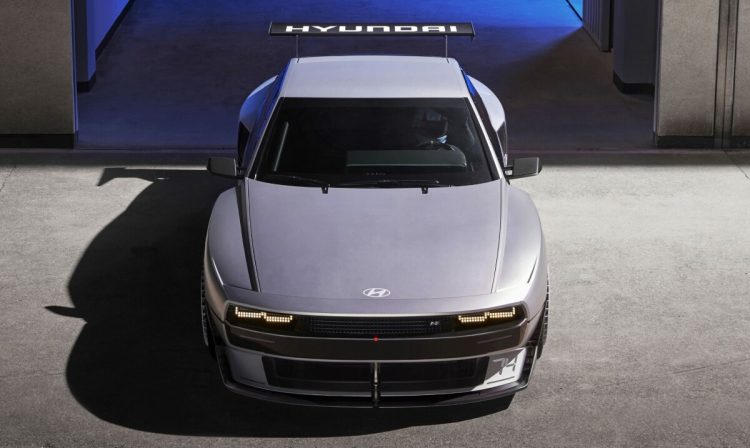












Discussion about this post